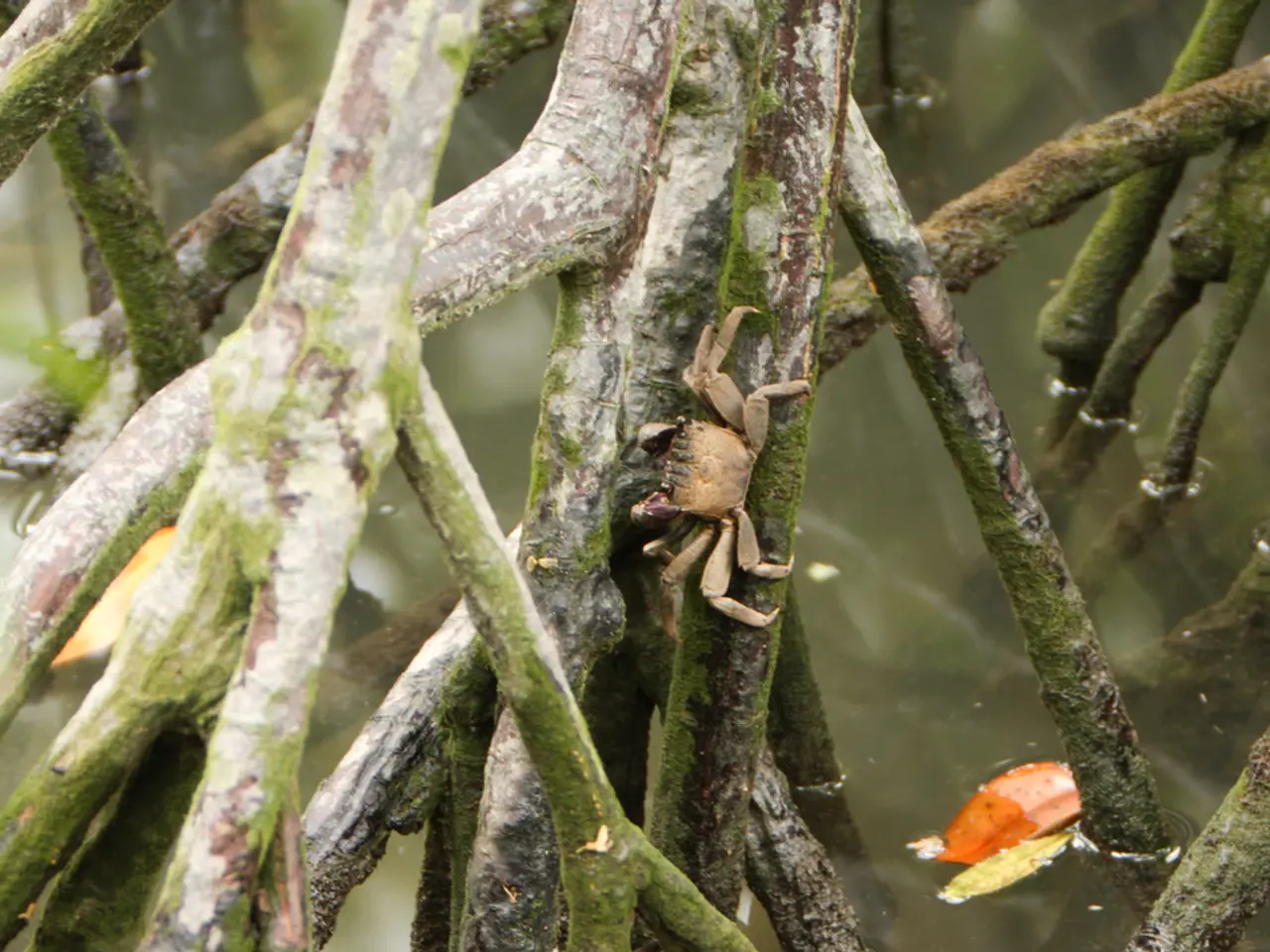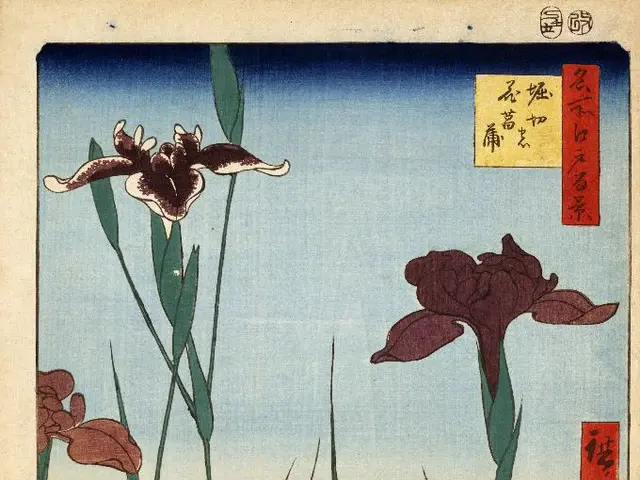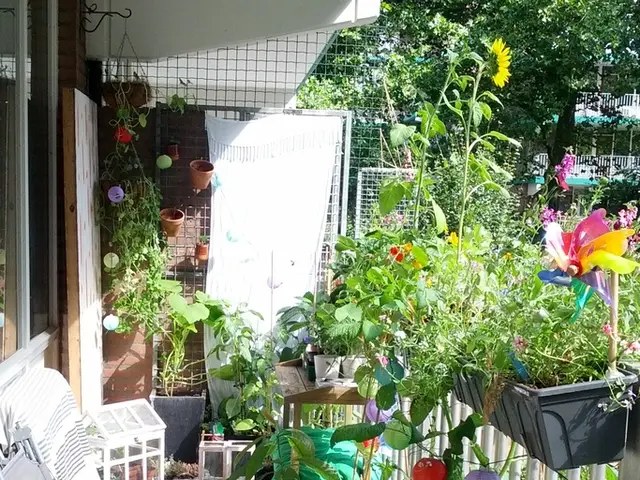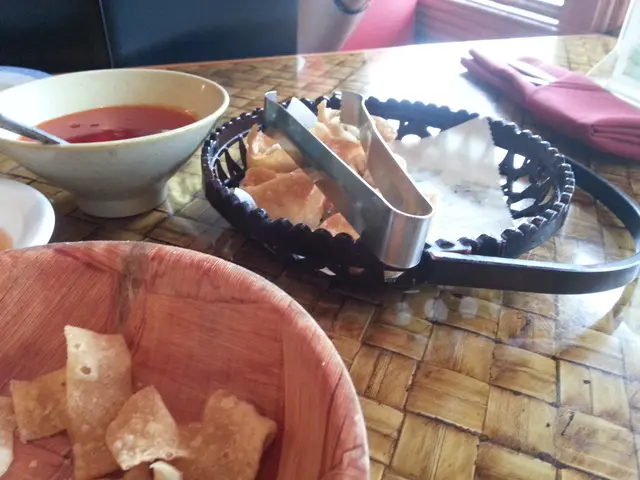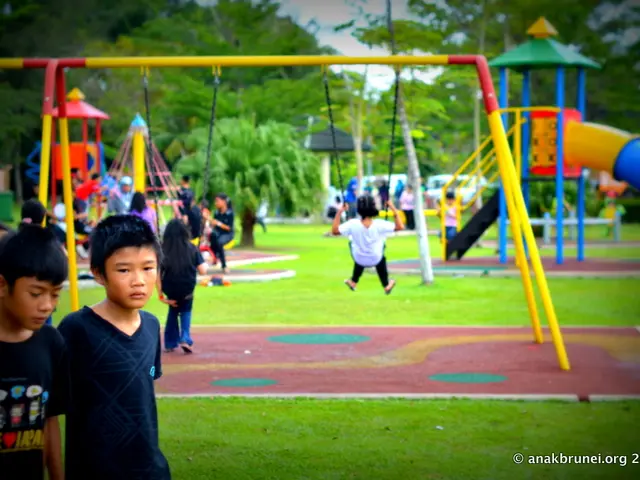Guide for Cultivating Crab Apples
Crab Apples in Compact Gardens:
Crab apple trees add charm to any yard, with their attractive blossoms, tiny edible fruits, and vibrant fall foliage. These hardy trees thrive in small spaces, making them perfect for compact gardens.
Ideal locations for crab apples:
Crab apples are tolerant of various soil types, but they grow best in moist, well-drained soil and full to partial sunlight.
Monty Don, known for Gardeners' World, offers insights on planting crab apple trees. He highlights the popular yellow-fruited Malus 'Comtesse de Paris' and orange Malus 'Evereste' as great choices for your Cottage Garden.
Planting crab apples:
Plant your crab apple tree in autumn or winter as a bare-root tree. Follow these steps to ensure a healthy start:
- Dig a hole twice as wide and just as deep as the root ball.
- Place the tree in the hole with the bud union (the swollen area at the base of the trunk) at ground level.
- Backfill the hole, firming the soil around the root ball.
- Stake the tree to provide support as it establishes.
Caring for crab apples:
Keep your newly planted tree well-watered during dry periods, and provide a spring mulch of well-rotted manure or compost. Prune in late winter to maintain a healthy shape and remove sick or damaged branches.
Propagation and Problem Solving:
Crab apples can be propagated by taking softwood cuttings in late spring or early summer or by grafting. Apple trees face various issues, such as woolly aphid, fruit tree red spider mite, caterpillars, and apple tree diseases like apple scab, apple canker, powdery mildews, fireblight, and honey fungus[1].
Variations to try:
Malus 'Evereste'
This crab apple has red buds that reveal white flowers in spring, followed by orange-red fruits in autumn.
Malus 'Winter Gold'
This variety boasts white spring flowers, yellow autumn fruit, and attractive foliage.
Malus 'Robusta' 'Red Sentinel'
Known for its showy pink-white spring blooms, red apples persisting into winter, and ornamental value.
Malus 'Pink Glow'
This crab apple offers larger-than-average dark pink summer fruit and white spring blooms.
Malus 'Comtesse de Paris'
Producing attractive yellow fruit, this tree is a great choice for small gardens.
Malus 'Wisley Crab'
Its starting leaves are bronze-red, turning dark green as the season progresses, followed by red fruits.
Malus sylvestris
This crab apple can also make a lovely hedge with white-pink blossoms appearing in spring.
Choosing the best compact crabapples:
When selecting crabapples for small gardens, consider trees with compact size and form, multi-season interest, low maintenance, and wildlife-friendly traits.
Popular compact crabapple varieties ideal for small gardens include Malus 'Wedding Bouquet', Malus 'Butterball', Whitney Crabapple, and Prairifire Crabapple. These trees offer:
- Compact size and shape: they grow between 8 to 15 feet tall, fitting well into limited space.
- Multi-season appeal: attractive spring blossoms, vibrant autumn foliage, and fruit that lasts into fall and winter.
- Low maintenance and hardiness: suitable for various soil types, resistant to pests and diseases.
- Wildlife-friendly: provide food for birds and pollinators, contributing to garden biodiversity.
Choose compact crabapple trees as a stylish and practical addition to your small garden, delivering year-round beauty and supporting local wildlife.
Crab apple trees with their vibrant blossoms, edible fruits, and colorful foliage can add a touch of charm to both home-and-garden and lifestyle, especially in compact gardens. When selecting crabapples for small gardens, opt for compact varieties like Malus 'Wedding Bouquet', Malus 'Butterball', Whitney Crabapple, and Prairifire Crabapple, which offer low maintenance, multi-season appeal, and wildlife-friendly traits, thriving in small spaces and contributing to garden biodiversity.
